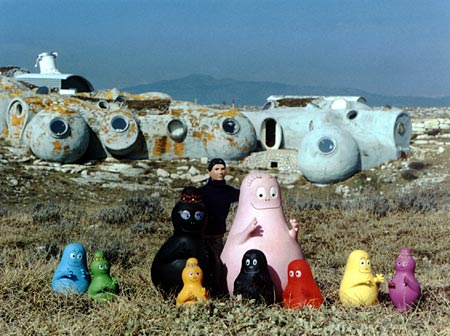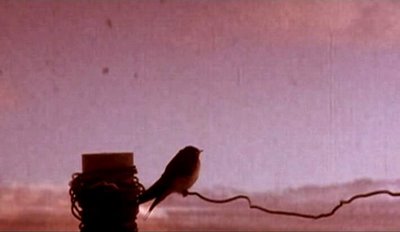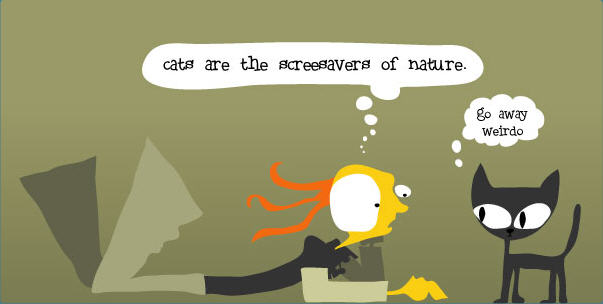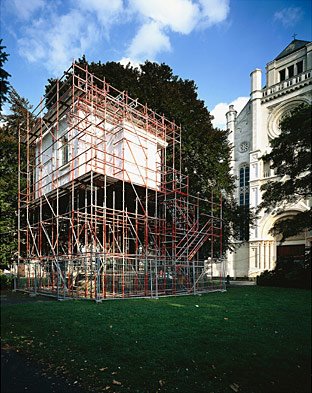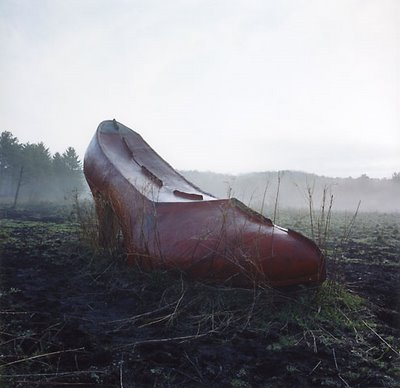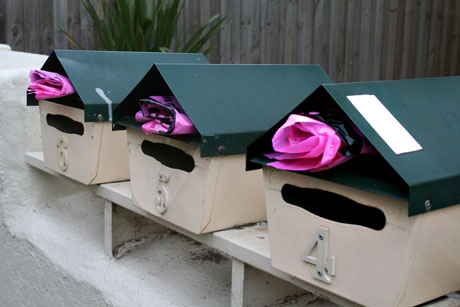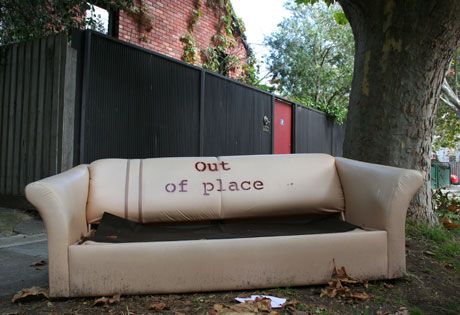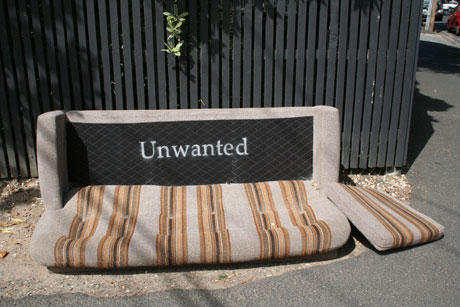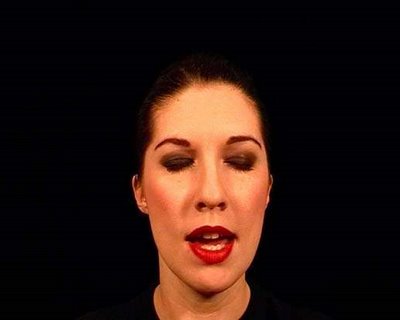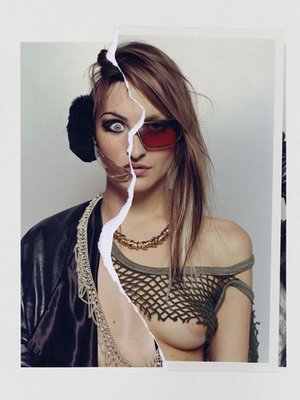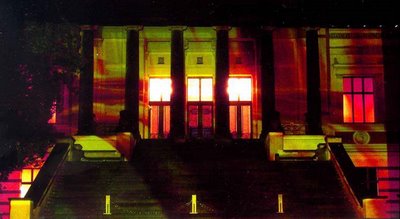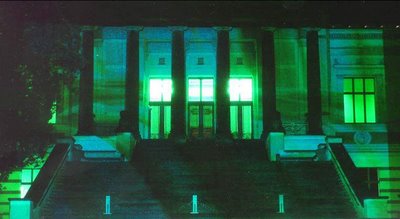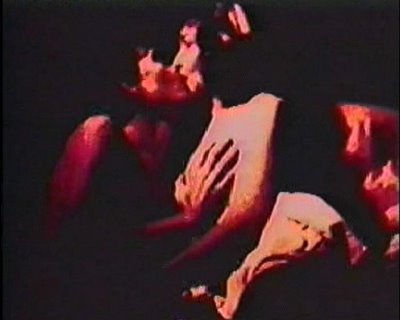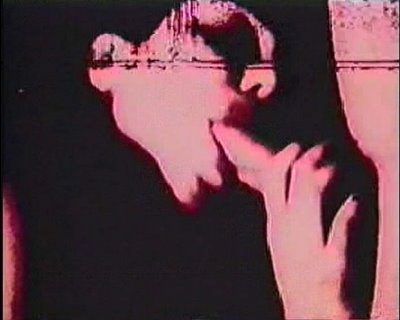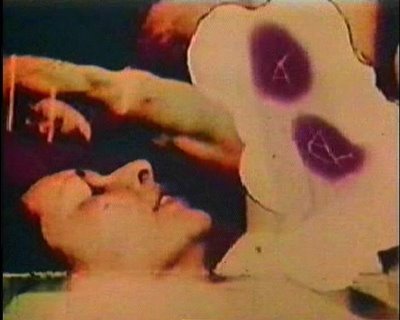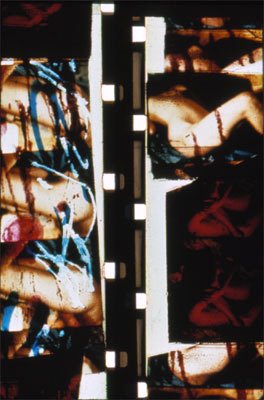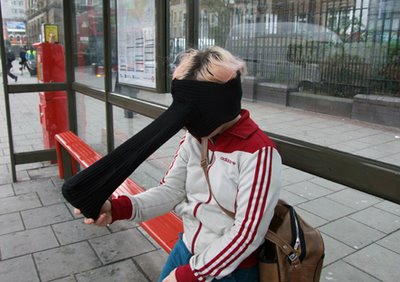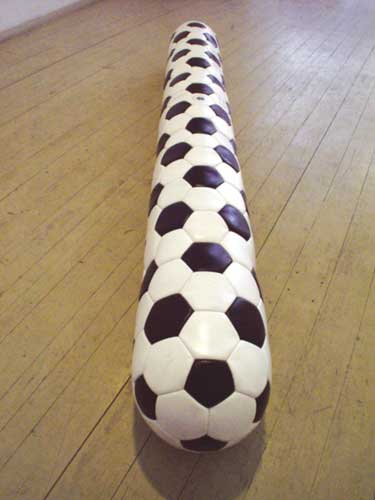Dreaming in Black and White Julien Levy
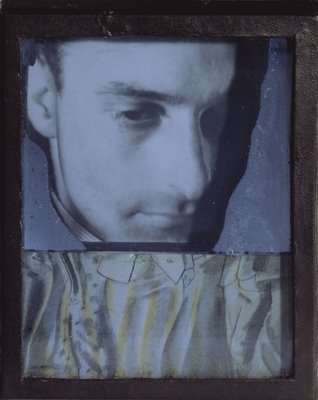
Joseph Cornell (American, 1903-1972), Portrait of Julien Levy, Daguerreotype-Object, 1939.photo provided by PMA
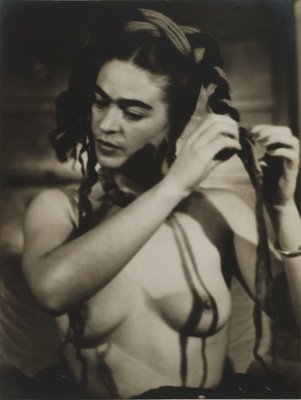
Julien Levy (American, 1906-1981), Frida Kahlo, c. 1938. Gelatin silver print.photo provided by PMA
Dreaming in Black and White: Photography at the Julien Levy Gallery
June 17, 2006 - September 17, 2006, Philadelphia Museum of Art
This exhibition celebrates the centenary of the birth of prominent art dealer
Julien Levy (1906–1981), one of the most influential and colorful proponents of modern art and photography and an impassioned champion of Surrealism, with a survey of his collection of photographs. Levy's lifelong devotion to the art of photography is represented in more than 230 photographs, many of which are being exhibited for the first time in more than five decades.
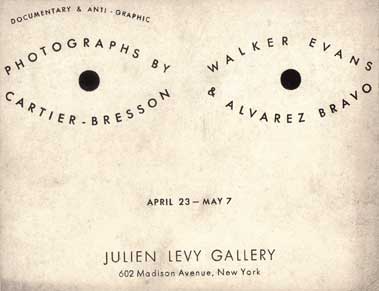 Invitation card Julien Levy gallery, 1935
Invitation card Julien Levy gallery, 1935read more about
Dreaming in Black and White here at the excellent
artblog
 Fun Fun Fun by Felix Larher
Fun Fun Fun by Felix Larher nerd by (coolgirl) Nastia365
nerd by (coolgirl) Nastia365 Beach the bright side by Peter Franck
Beach the bright side by Peter Franck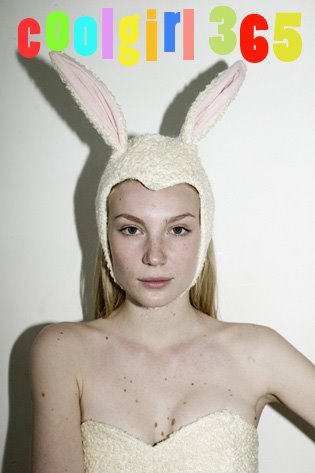 Regular readers may remember the floating girl a.k.a. Nastia365 who posted a daily pic of herself.
Regular readers may remember the floating girl a.k.a. Nastia365 who posted a daily pic of herself.





